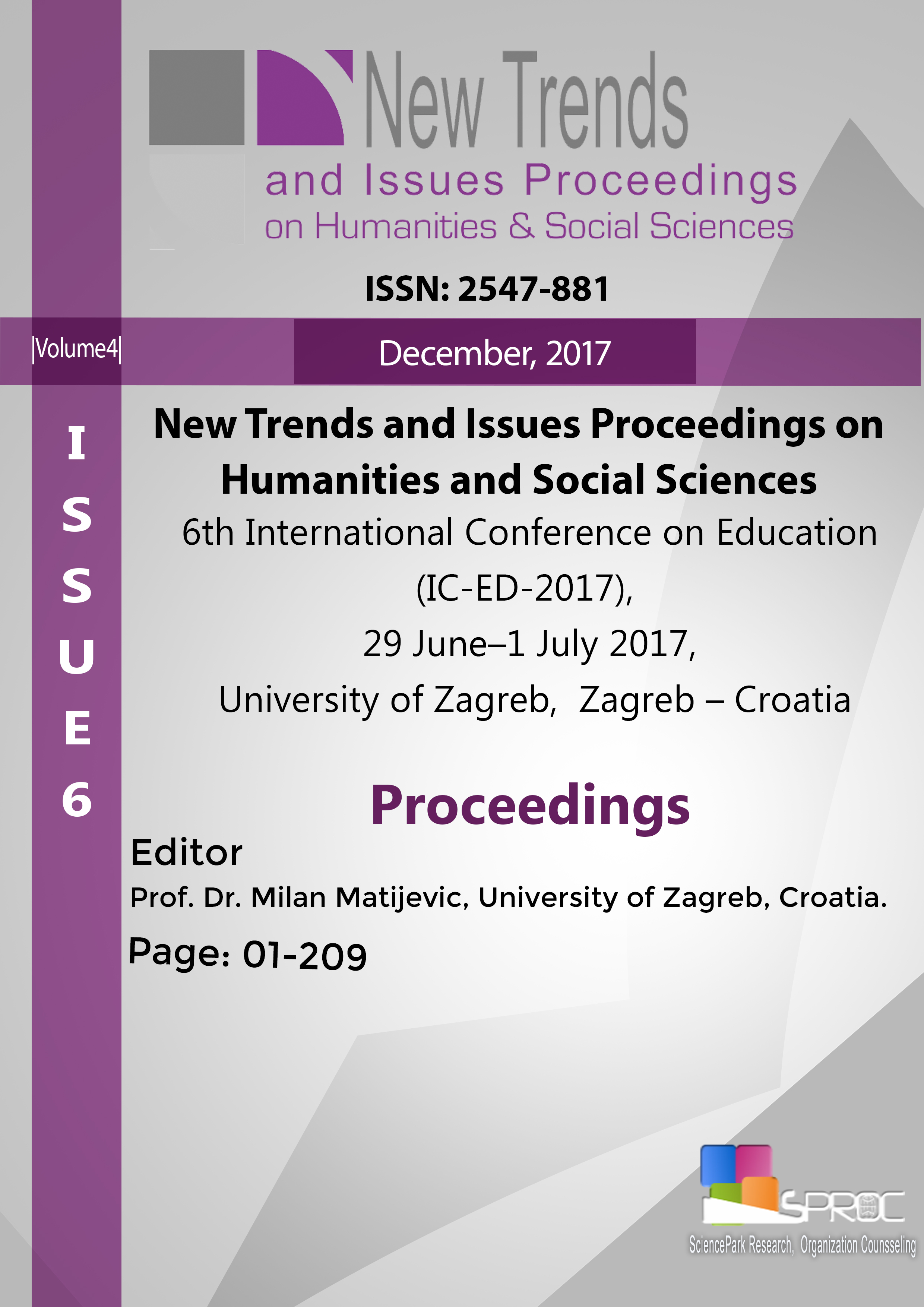How is a research that children want? Hearing the children’s voices during the research process!
Main Article Content
Abstract
It is important to get the views of children during participation in the research process. The Committee on the Rights of the Child mentions the aspects to be conveyed to children who participate in research processes. A ‘symmetrical approach’ must be adopted for getting children’s own consent, and informing them about the research and participatory methods. This study aims to utilise children‘s voices for research processes, and their participation and the participatory methods they prefer are the main goals. Children’s views on their research processes, their needs and their interests are investigated and the data collected via semi-structured interviews from seven male and seven female children by sampling and snowball sampling techniques. The majority of the children were found to be keen to participate in the research and they wanted a positive approach; they also have different expressions according to their contextual characteristics, like the place to conduct the research.
Keywords: Children’s voice, research, researcher.
Downloads
Article Details

This work is licensed under a Creative Commons Attribution 4.0 International License.
Authors who publish with this journal agree to the following terms:- Authors retain copyright and grant the journal right of first publication with the work simultaneously licensed under a Creative Commons Attribution License that allows others to share the work with an acknowledgement of the work's authorship and initial publication in this journal.
- Authors are able to enter into separate, additional contractual arrangements for the non-exclusive distribution of the journal's published version of the work (e.g., post it to an institutional repository or publish it in a book), with an acknowledgement of its initial publication in this journal.
- Authors are permitted and encouraged to post their work online (e.g., in institutional repositories or on their website) prior to and during the submission process, as it can lead to productive exchanges, as well as earlier and greater citation of published work (See The Effect of Open Access).
